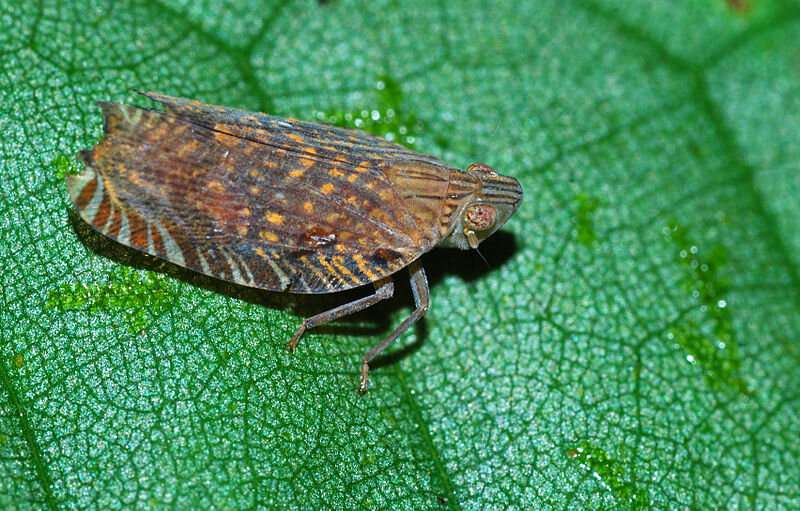Researchers identify key factor in exosome-mediated viral transmission from insects to plants

Researchers led by Prof. Cui Feng from the Institute of Zoology of the Chinese Academy of Sciences have identified a saliva protein, exportin 6, that acts as a vehicle for transporting plant virions into exosomes, thus overcoming the barrier of insect salivary glands to horizontal transmission.
Results were published in PNAS on August 30.
Plant viruses are important pathogens that cause serious economic losses worldwide. Most plant viruses depend on specific sap-feeding insects, namely insect vectors, for transmission. Rice stripe virus (RSV) causes one of the most destructive rice diseases in East Asian countries. It is efficiently transmitted by the small brown planthopper. Insect salivary glands are the last barrier against the transmission of viruses from insects to plants. To date, how viruses overcome the salivary gland barrier has remained elusive.
As vehicles for the intercellular exchange of cellular components such as DNA, RNA and lipids, exosomes have been identified as possible vehicles for virus transmission. However, direct evidence showing that exosomes exist in insect saliva is lacking. The exportin family is usually responsible for trafficking proteins from the nucleus to the cytoplasm in eukaryotes. Although some members of the exportin family exist in exosomes, their function in exosomes is unknown.
The researchers isolated exosomes from the saliva of approximately 30,000 planthoppers less than 4 mm in size. They identified RSV virions in the saliva exosomes and these exosome-borne virions were capable of replicating and causing disease in rice plants.
According to the researchers, the entry of RSV into exosomes relies on exportin 6, which acts as a vehicle for transporting virions into exosome precursors via interactions with the cargo-sorting protein VPS37a.
This study provides explicit evidence to show that exportin 6 helps viruses overcome the salivary gland barriers to viral transmission from insect vectors to host plants. Based on these results, exportin 6 represents a potential target for the interruption of the viral transmission cycle and control of future disease outbreaks.
More information: Hong Lu et al, Key role of exportin 6 in exosome-mediated viral transmission from insect vectors to plants, Proceedings of the National Academy of Sciences (2022). DOI: 10.1073/pnas.2207848119
Journal information: Proceedings of the National Academy of Sciences
Provided by Chinese Academy of Sciences





















